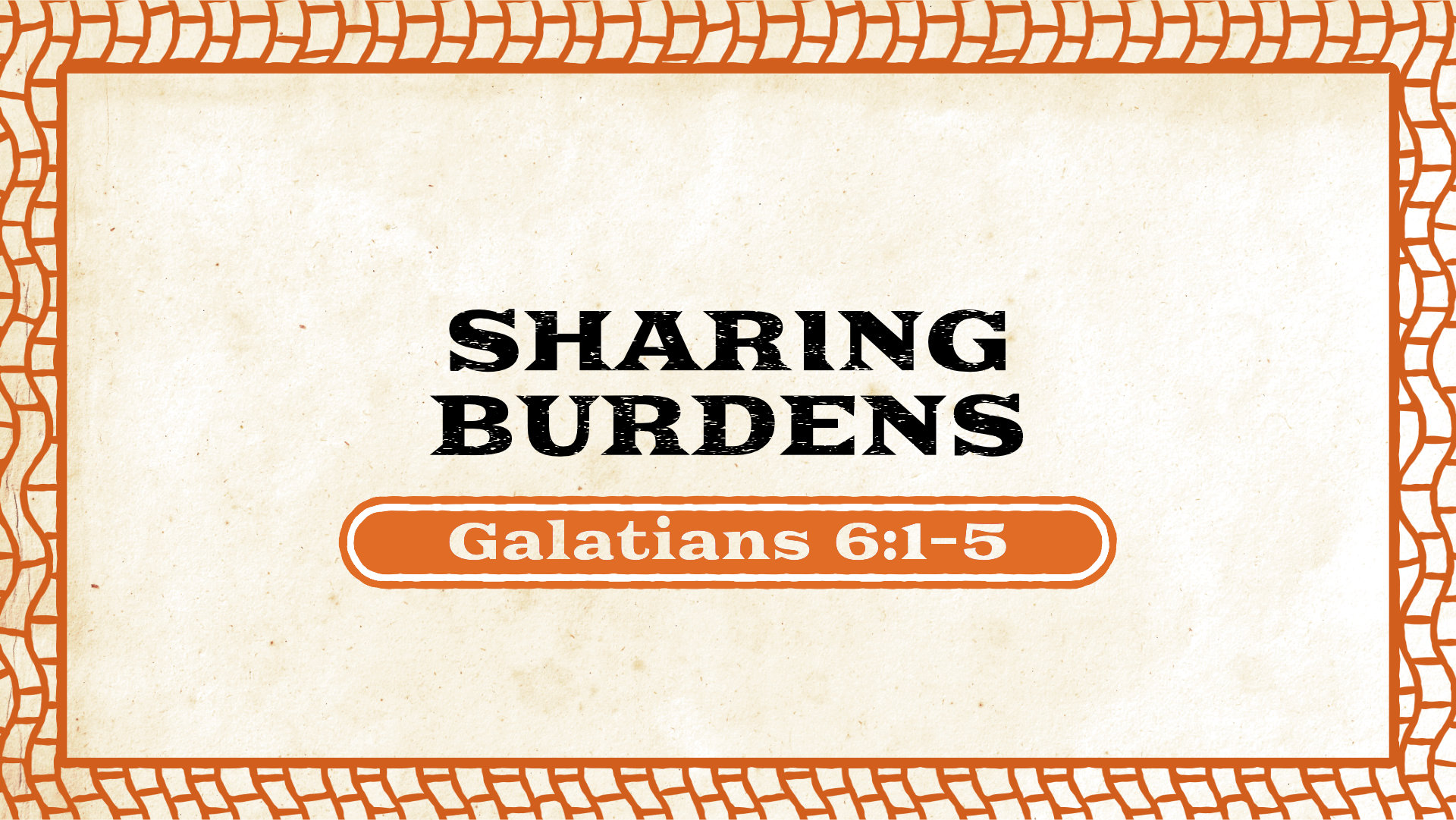Church and Instructions
As Christianity spread throughout the world after Jesus’ ascension, the leaders attempted to keep the movement to Christ’s example and intention. The mission advanced quickly through the establishment of churches and the spreading of letters.
The Church
Church and Instructions
As Christianity spread throughout the world after Jesus’ ascension, the leaders attempted to keep the movement to Christ’s example and intention. The mission advanced quickly through the establishment of churches and the spreading of letters.
Church
The Establishment of the Church
- The “church” is first mentioned by Jesus as the “group” or “assembly” (ekklesia, Matt. 16:18).
- The early church primarily gathered as groups in homes; official church buildings were not introduced until hundreds of years later.
- The church was a group of people to commit to rather than a program to attend or a building to visit (Acts 2:42-47).
The Spread of the Church
- As the Church grew, the individual churches multiplied in homes (Rom. 16:5), cities (1 Cor. 1:1-2), regions (Acts 9:31), and throughout the world (Eph. 3:21).
- With the remarkable speed of church planting, church leaders had to circulate letters to keep the central message and mission aligned.
- Missionaries would evangelize individuals in a city, plant churches, and train elders to lead in their absence.
The Organization of the Church
- The New Testament describes two roles intended to serve a local church: overseers (leaders) and deacons (servants) [1 Tim. 3:1-13].
- Church leaders are called to equip all saints for the work of the ministry (Eph. 4:12) by utilizing each one’s spiritual gifts (1 Cor. 12:7; 14:26).
- Scripture “orders” a local church to observe the ordinances of baptism (Gal. 3:27) and the Lord’s Supper (1 Cor. 10:17).
Instructions
The Reason for the Epistles
- Epistles or letters are occasional documents; they were written based on the needs of a specific group of people at a particular time.
- Epistles are not theological summaries; they do not tell us everything about an author’s beliefs.
- These instructions helped the maturing Church from diverging into unbiblical beliefs or behaviors.
The Structure of the Epistles
- Letters during the New Testament followed a similar pattern:
- Introduction
- Author
- Recipient
- Greeting
- Thanksgiving
- Body
- Exhortation
- Thesis
- Belief Instructions
- Behavior Instructions
- Conclusion
- Practical Matters
- Individual Greetings
- Personal Note
- Doxology
- Introduction
The Content of the Epistles
- To understand an epistle properly, you must know the author, the recipient, and the occasion.
- Paul’s Church Letters
- Romans
- 1 Corinthians
- 2 Corinthians
- Galatians
- Ephesians
- Philippians
- Colossians
- 1 Thessalonians
- 2 Thessalonians
- Paul’s Personal Letters
- 1 Timothy
- 2 Timothy
- Titus
- Philemon
- Other Letters
- Hebrews
- James
- 1 Peter
- 2 Peter
- 1 John
- 2 John
- 3 John
- Jude































